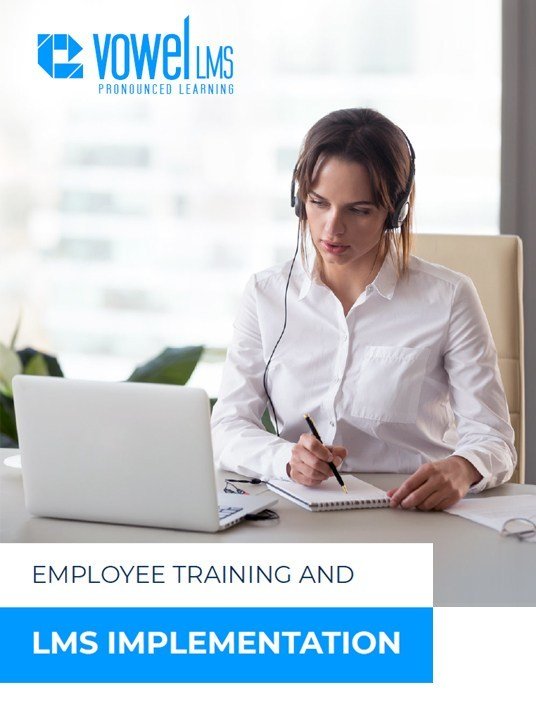Revamp Your Employee Training Program
Learning and Development professionals have faced a conundrum since the beginning of time; how do you keep learners engaged? Over the years, technology has advanced, giving rise to possibilities that couldn’t be imagined earlier. As learners evolve, so do the ways we can engage them in our learning initiatives.

Now, we know that attention spans have been shrinking at a rapid pace. Essentially, for the L&D team, it means having to say it all in as short a period of time as possible. Also, given the current trends of content consumption, one has to create content that appeals to the learners enough for them to give it a fair chance.
What are some of the types of content one can integrate in training programs, to engross learners? Let’s look at some of these strategies.
1. Videos
Videos are a very powerful medium for content delivery. Video-based courses provide a movie-documentary like experience to learners and are well accepted by all types of learners. Videos make it easier for learners to relate to a topic, whether it’s a video presenter addressing them or actual videos of plant processes.
Videos can be real-life or animated. They could present scenarios to help learners understand real-life situations or they could weave a story with the learning implanted. You could go a step further, and host interactive videos where learners could make choices and answer questions along the way.
2. Slide Presentations
Yes, the humble PowerPoint or Google Slides—or any equivalent—is really a rather powerful tool for eLearning content development. SMEs may not be familiar with eLearning authoring tools, but generally, they know how to put together a slide deck. Well, that deck could serve as your content, to begin with! Definitely an option to explore, especially if you have time or budgetary constraints preventing you from opting for custom eLearning development.
Of course, it is important to keep aesthetics and Instructional Design principles in mind when creating slide presentations, to avoid losing out on learner interest.
3. Interactive PDFs
What better than a to-the-point document to display your content? An interactive document! Interactive PDFs breathe life into documents, making it easier to present information in a more organized manner, allowing for better navigation between associated content, and even embedding multimedia content. Creating PDFs, especially interactive ones, can go a long way in giving your learners an immersive learning experience, even with something as basic as a document. As long as your learners have access to Adobe Acrobat/Reader, interactive PDFs are worth considering as a low-cost training aid.
4. Web Content
The World Wide Web is a treasure trove of information. Instead of reinventing the wheel by developing custom content, it may be more convenient at times to curate the best of the web and present it to your learners. You could give them access to articles and blog posts, or videos from video streaming sites like YouTube and Vimeo. You could also introduce your learners to industry experts’ opinions and insights by embedding content from TED—the possibilities are endless!
5. Audio
If people listen to music while working, traveling, gardening, or just about at any time, why can't audio be leveraged for training? Podcast-like audio lessons can be informative, without being intrusive on production time. Of course, the topics taught through audio should not require too much focus, but a reiteration of concepts or tips and best practices can be taught in an effective and efficient manner.
The Role Of An LMS
Innovative learning solutions require the support of a modern, robust LMS. While most present-day Learning Management Systems support various file types, not all of them track learner behavior while viewing these files. If you are planning on using any of the above content types in your training program, be sure your LMS not only supports them but also tracks how the learner interacts with them. After all, the success of a training program relies hugely on the consumption of the training content, and not knowing how the learner has fared with the content defeats the entire purpose.
Some LMSs, like Vowel LMS, allow you to upload or embed almost every type of content, and keeps track of learner progress. This, in turn, enables organizations to think beyond standard content types, leading to a richer library of knowledge that can be used to train employees.
Download the eBook The Complete LMS Implementation Guide To Ensure Employee Training Success to discover more about the successful implementation of an LMS for achieving better effects in your organization. Join the webinar to delve into the secrets behind a victorious LMS implementation.









